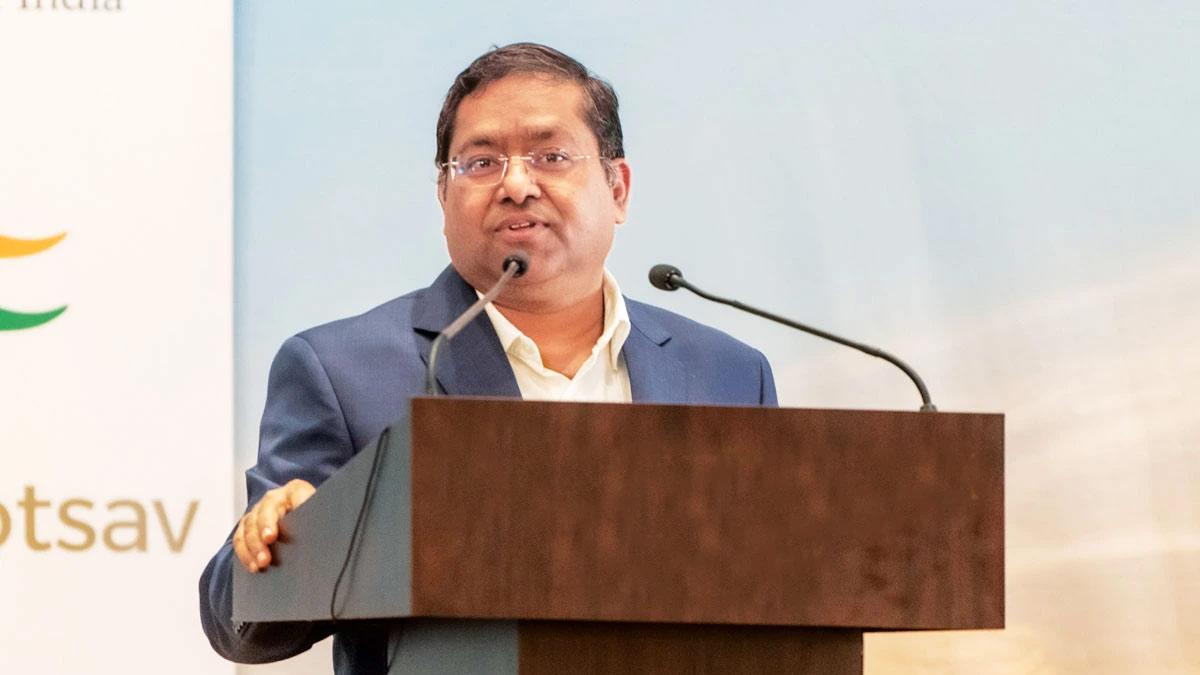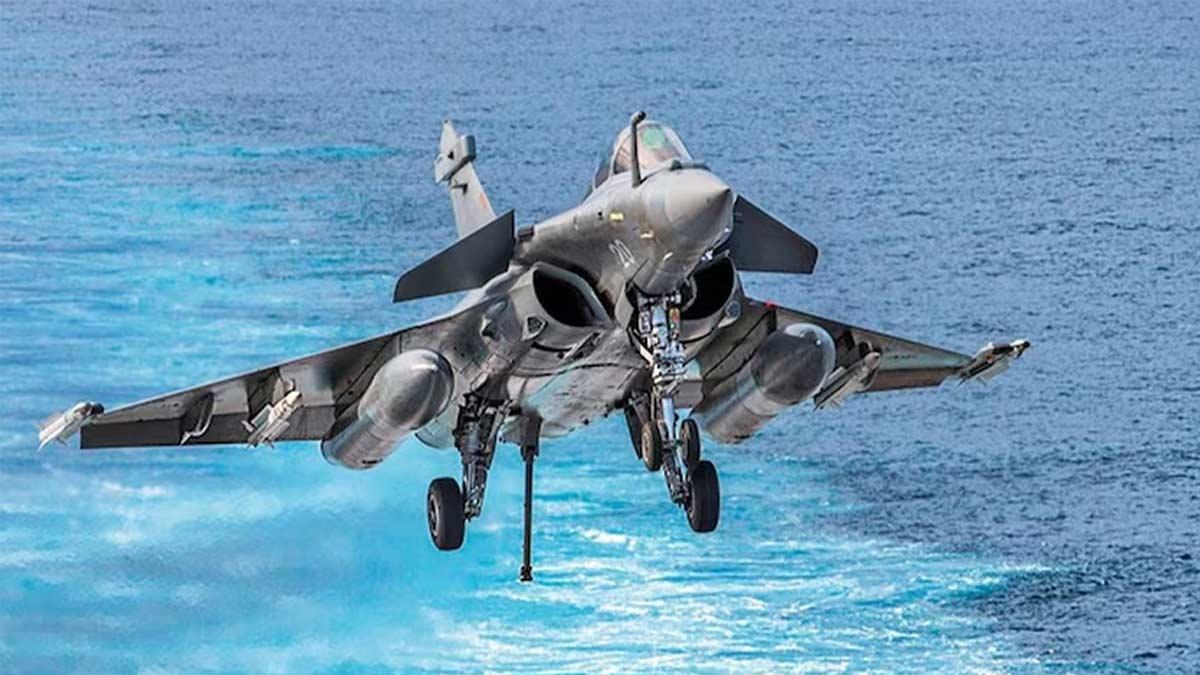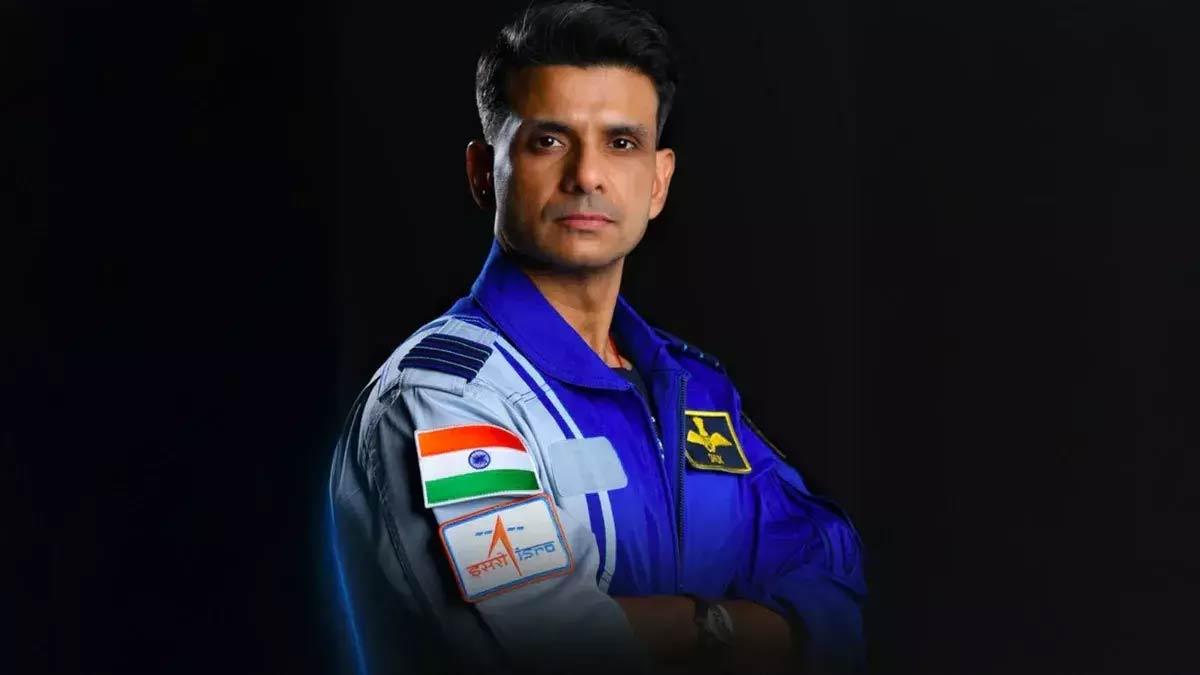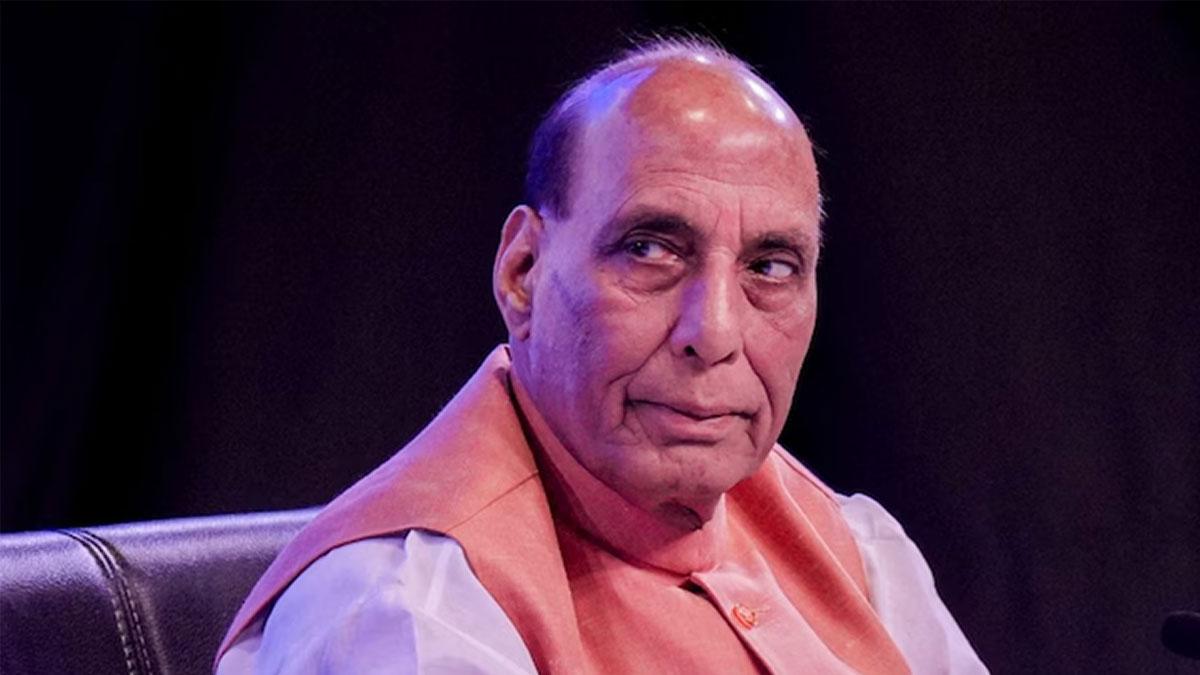India is accelerating a bold satellite deployment project to enhance its space-based reconnaissance capabilities, with particular emphasis on its China and Pakistan borders and the strategically important Indian Ocean Region (IOR).
The Rs 26,968 crore project involves the launch of 52 surveillance satellites under Phase 3 of the Space-Based Surveillance (SBS) programme. The objective is to supply real-time intelligence and augment the capability of India's military to observe activity over vast landscapes, including enemy border areas and oceans.
To counter China's fast-developing military space program, the Indian government has given urgency to this mission, which has the participation of both the Indian Space Research Organisation (ISRO) and private industry players. ISRO will carry 21 satellites, 31 of which will be designed, developed, and launched by three Indian private companies.
The initial satellite of the constellation is to be launched in April 2026, while the entire system will be completed by the end of 2029. Upon operationalization, the constellation will provide high-resolution imagery and enhanced revisit rates—critical for monitoring troop movement and possible threats in real-time.
For the first time ever on this scale, private sector will be at the forefront of national defence surveillance. ISRO is also implementing its Small Satellite Launch Vehicle (SSLV) technology to enable faster, on-demand satellite launches, particularly in case of emergencies.
Emphasizing the strategic imperative of the project, Air Marshal Ashutosh Dixit, Chief of Integrated Defence Staff, added, "We need to detect, identify and trace prospective threats not when they head towards our borders, but when they are in their staging areas, airfields and bases, deep inside an enemy's territory."
The Integrated Defence Staff, which is spearheading the mission, will use a combination of low-Earth and geostationary satellites to provide coverage both in regional and larger strategic areas. The satellite constellation is also meant to serve as a deterrent against China's growing anti-satellite capabilities, including kinetic energy interceptors and electronic warfare systems.
The operational significance of satellite intelligence was recently illustrated by Operation Sindoor when indigenous and commercial satellite resources were utilised in order to effectively monitor moves and direct reactions—illustrating the increasing reliance on space-based platforms for national defence.
Read also| Witnessing 16 Sunrises a Day: Indian Astronaut Shares Life Aboard the ISS
Read also| India Eyes Major Sukhoi Jet Upgrade as Rajnath Singh Meets Russian Defence Minister


















